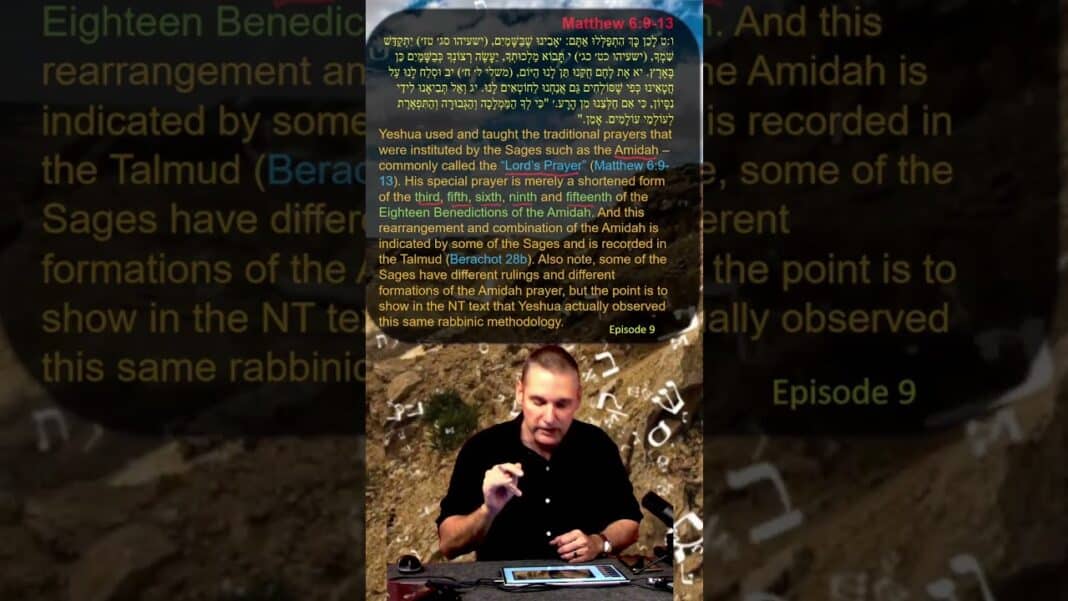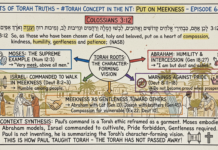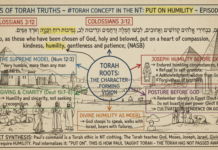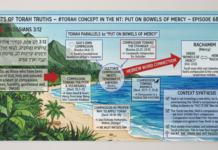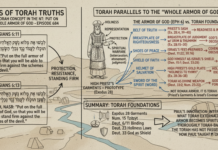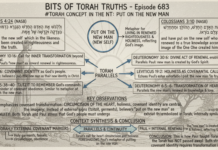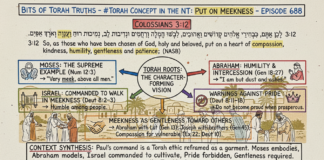Episode 9 – https://www.matsati.com
Matthew 6:9-13
ו:ט לָכֵן כָּךְ הִתְפַּלְּלוּ אַתֶּם׃ ׳אָבִינוּ שֶׁבַּשָּׁמַיִם, (ישעיהו סג׳ טז׳) יִתְקַדֵּשׁ שִׁמְךָ, (ישעיהו כט׳ כג׳) י תָּבוֹא מַלְכוּתְךָ, יֵעָשֶׂה רְצוֹנְךָ כְּבַשָּׁמַיִם כֵּן בָּאָרֶץ. יא אֶת לֶחֶם חֻקֵּנוּ תֵּן לָנוּ הַיּוֹם, (משלי ל׳ ח׳) יב וּסְלַח לָנוּ עַל חֲטָאֵינוּ כְּפִי שֶׁסּוֹלְחִים גַּם אֲנַחְנוּ לַחוֹטְאִים לָנוּ. יג וְאַל תְּבִיאֶנוּ לִידֵי נִסָּיוֹן, כִּי אִם חַלְּצֵנוּ מִן הָרָע.׳ “כִּי לְךָ הַמַּמְלָכָה וְהַגְּבוּרָה וְהַתִּפְאֶרֶת לְעוֹלְמֵי עוֹלָמִים. אָמֵן.”
Yeshua used and taught the traditional prayers that were instituted by the Sages such as the Amidah – commonly called the “Lord’s Prayer” (Matthew 6:9-13). His special prayer is merely a shortened form of the third, fifth, sixth, ninth and fifteenth of the Eighteen Benedictions of the Amidah. And this rearrangement and combination of the Amidah is indicated by some of the Sages and is recorded in the Talmud (Berachot 28b). Also note, some of the Sages have different rulings and different formations of the Amidah prayer, but the point is to show in the NT text that Yeshua actually observed this same rabbinic methodology.
